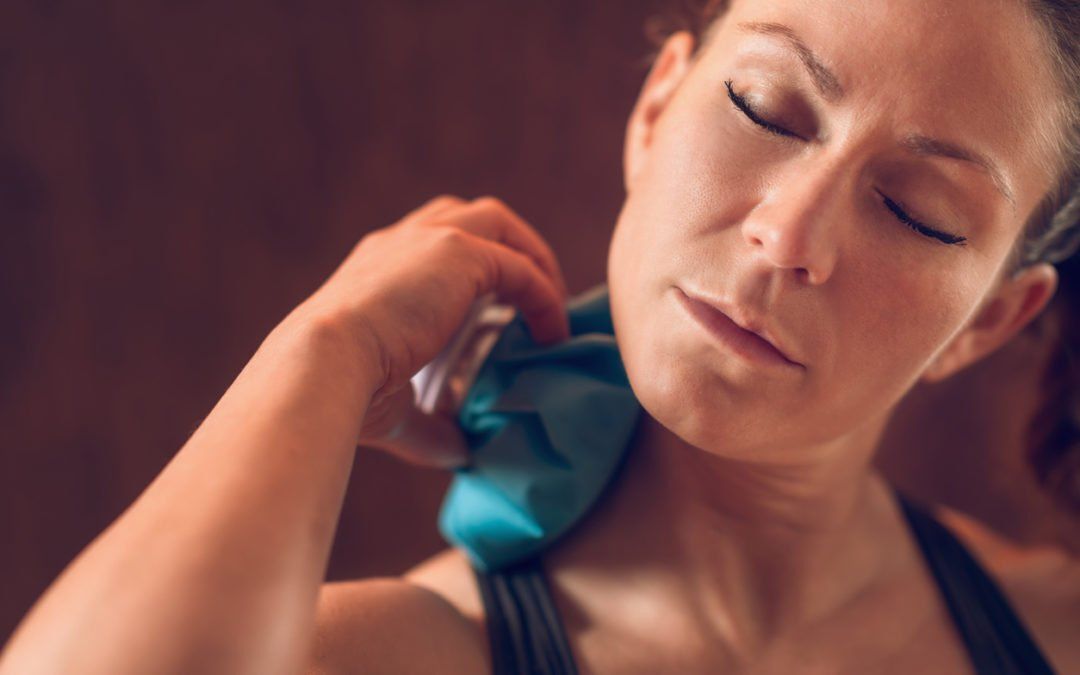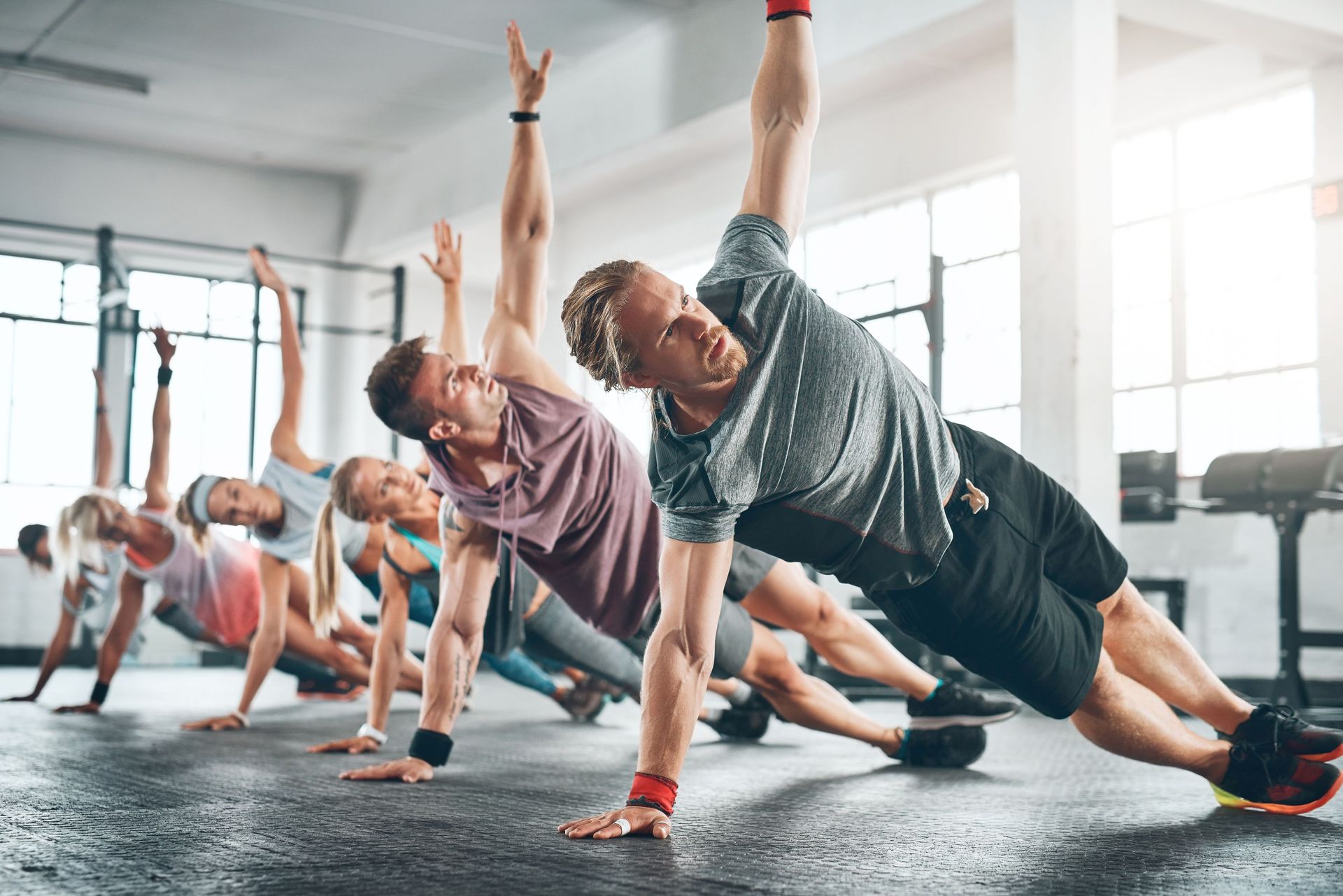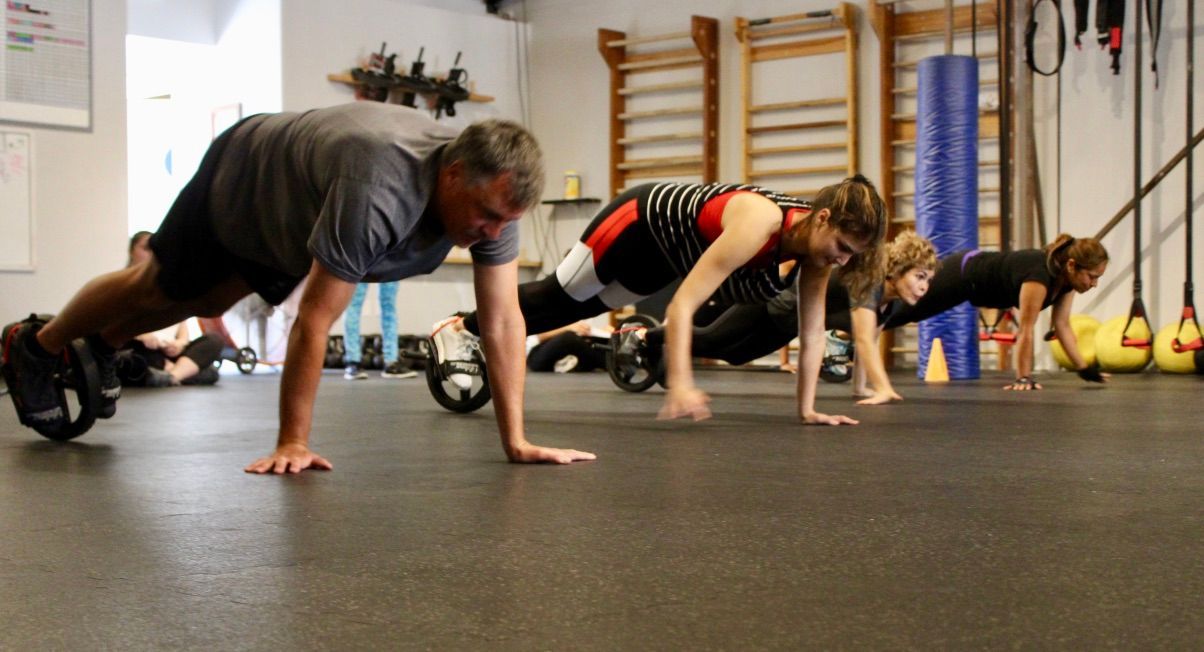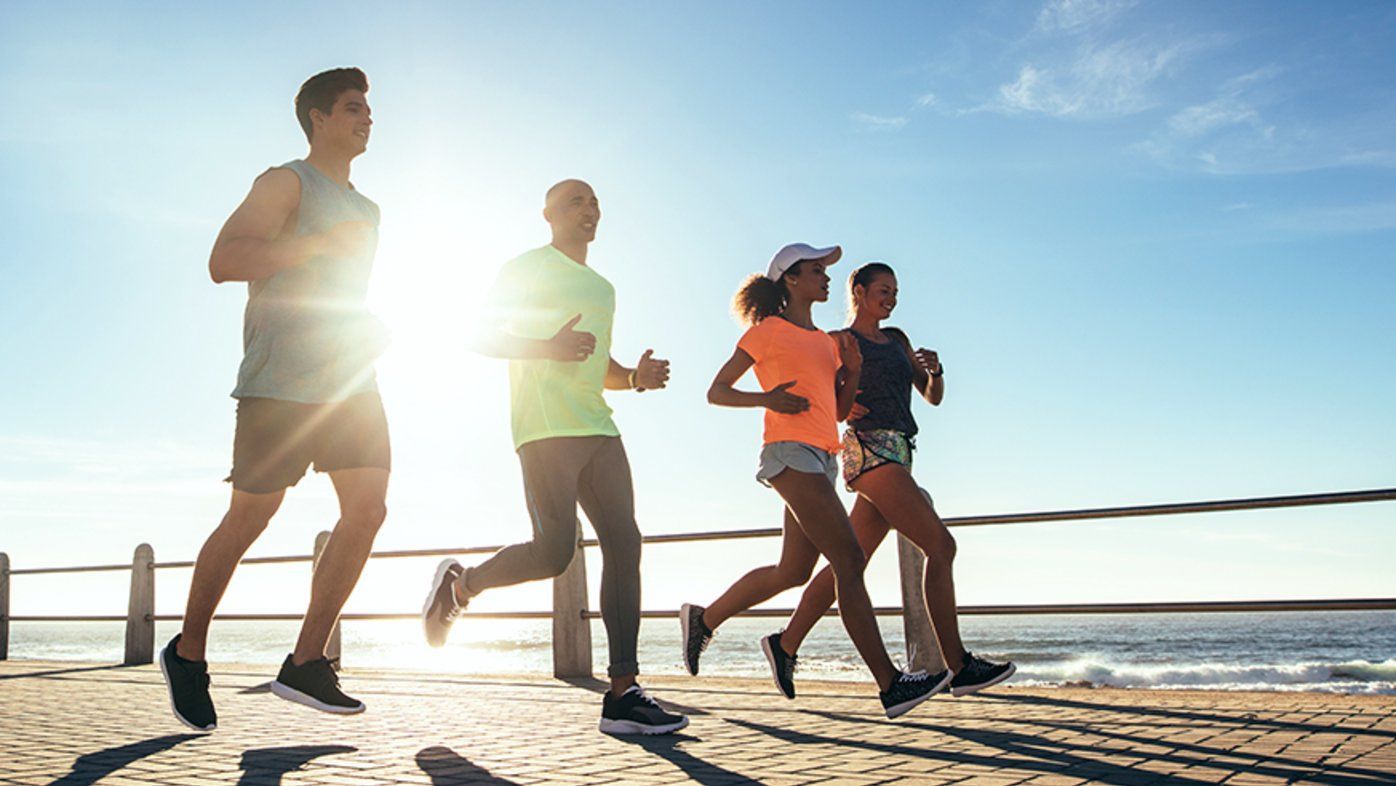Using the RICE Recovery Method for a Workout Injury

In a perfect world, every time you worked out your body would be ready for it, your form would be perfect, and no one would ever sprain an ankle on their 300ths jumping jack when the 299 before were in good form. Workout injuries are a part of living an active lifestyle and they happen to everyone. Because the body is flexible in a way that makes us agile and maneuverable, it is also flexible enough to go too far by accident every now and again. A strain, sprain, bruise, or even a dislocation can happen with a single misstep or slip while out running, jumping, climbing, and sometimes even walking at a perfectly safe and normal pace.
If you do get injured working out, all it means is that you’ll have to take more time and care for recovery than usual. Fortunately, there are a few things you can do to increase the speed of your injury healing. The best procedure by far, one used by athletes successfully for decades, is the RICE recovery method which stands for Rest, Ice, Compression, and Elevation.
The RICE Recovery Method
Rest
The most important thing about treating a workout injury is that you do not injure yourself further. While you may be able to continue exercising other parts of your body, you will need to rest the injured area in order to allow it to heal. Over time, the tissue will knit back together and be strong enough to exercise again. The average healing time for a sprain varies from one to six weeks but can take as long as a few months if the sprain is bad so have patience with your injured ankle, leg, or wrist and give it plenty of time to heal before trying to work out with full intensity again.
Ice
Immediately after an injury of almost any sort, blood will rush to the injured area in order to promote healing which results in a lot of swelling. When a wound swells, it becomes tender, sore, and partially immobilized along with the pain of the original injury. Ice cools, slows, and eventually reduces both the swelling and the pain. Apply ice for fifteen to thirty minutes at a time, then give your injury an hour break before icing again for another fifteen to thirty until the swelling goes down.
After the swelling has stopped, which should occur either on the first day or in the first few days, switch to heat treatments instead. This will relax and warm your damaged muscles and tendons so they don’t stiffen or shorten while you recover along with promoting blood flow to increase your healing speed. That said, never use heat on swelling or you will well more.
Compression
Compression is another important part of the treatment and recovery process. In the immediate aftermath of an injury with no open wounds, wrap the swelling appendage in an elastic bandage. It should be tight enough to feel but loose enough to comfortably slip a finger between your skin and the bandage. The compression itself will help to discourage the swelling and the bandage will provide a little extra support, stability, and protection for the injured area. You can easily ice through the compression bandage.
Elevation
For our final piece, remember that healing is all about blood flow (and nutrition and sleep). If you elevate an injury, especially if you can get it above the height of your heart, blood will flow to it and heal it more quickly. This is why you put up an injured foot and prop an injured wrist on the back of a chair whenever possible. To combine techniques, consider resting in a nice hot bath and allowing your injured appendage to float above where your heart lies below the water.
When you’re really getting really into a workout, it can be all too easy to take one missed step or move and find yourself in a world of surprising pain. Fortunately, with a little patience, creativity, and the RICE recovery method, you’ll be back to your regular energetic workout routine in no time.
David Michael Gilbertson is the founder and president of 3 Elements Lifestyle, LLC., a Fitness and Weight Loss company that specializes in YOU!. With more than 15 years of experience owning, operating and managing clubs of all sizes, David lectures, delivers seminars and gives workshops on the practical skills required to successfully help you with your health and fitness goals. David also helps you build the teamwork, management, and training necessary to open your own fitness center. For more information on Licensing and Consulting Services Visit his website at www.3elementslifestyle.com or email at daveg@3elementslifestyle.com or call (805) 499-3030.


Phone:
(805) 499-3030
Address:
1620 Newbury Rd #6
Thousand Oaks, CA 91320




